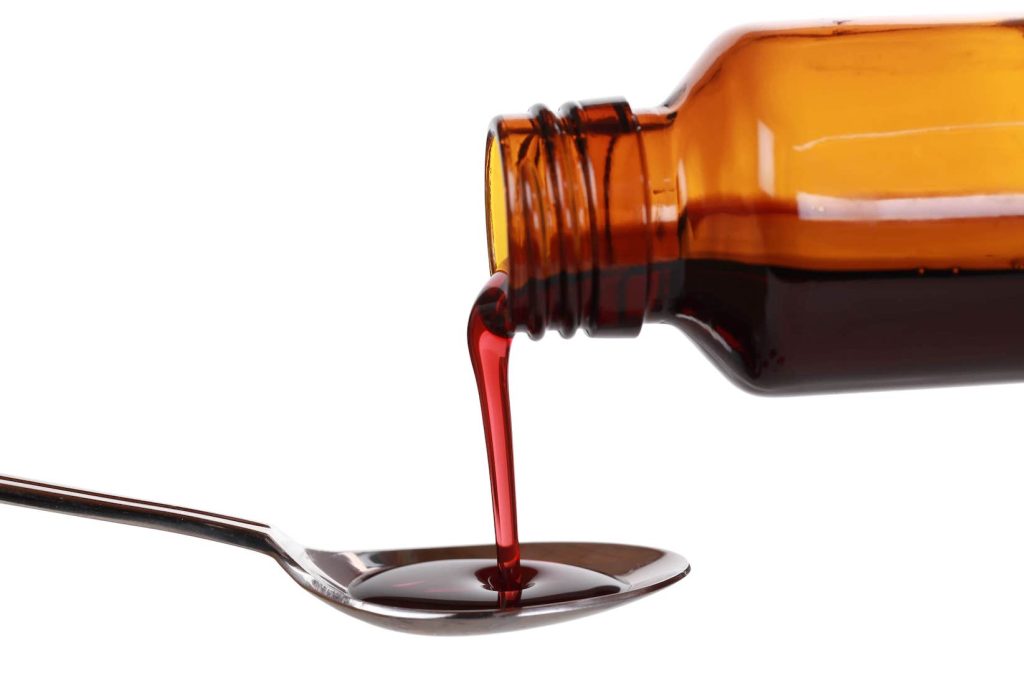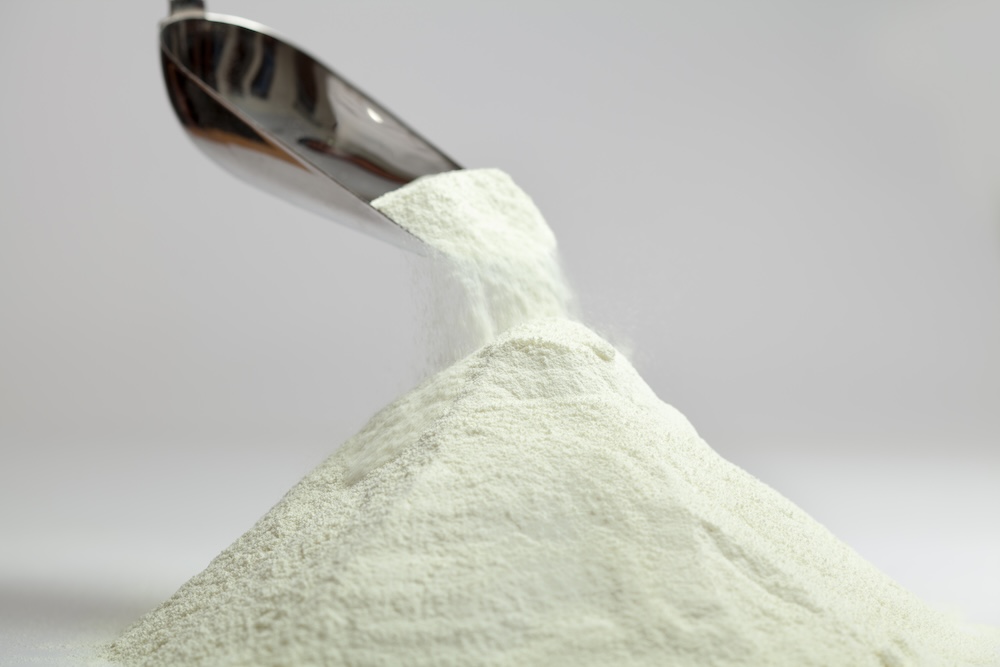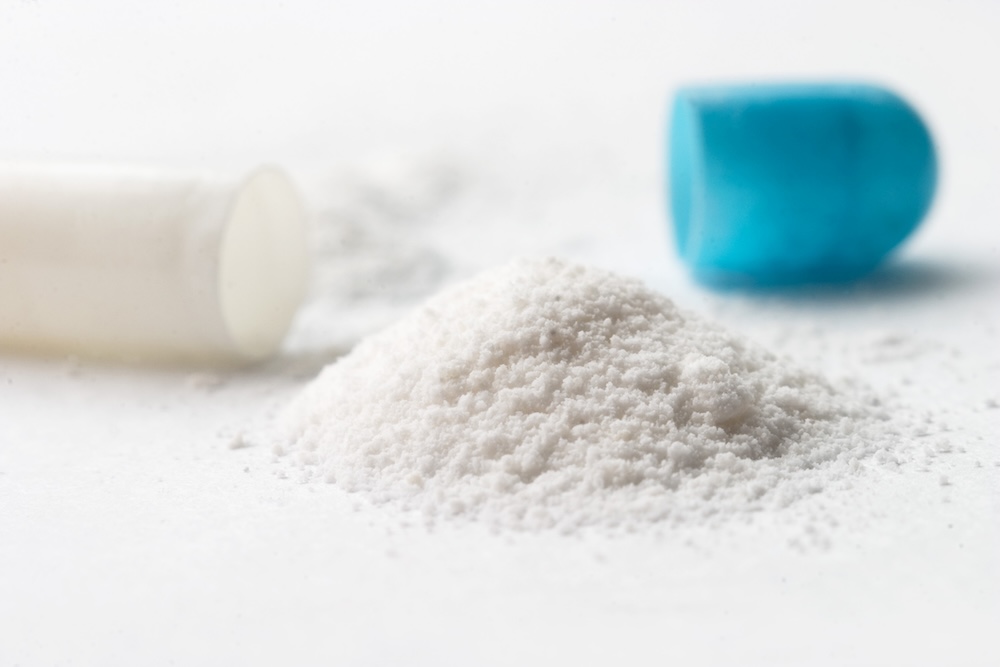What are Pharmaceutical Suspensions
Liquid oral dosage forms such as solutions and suspensions are often preferred for pediatric or geriatric patients that find it difficult to swallow tablets or capsules. Most pharmaceutical suspensions are coarse dispersions of solid insoluble drug particles dispersed in a liquid vehicle. Besides oral administration, suspensions are also prepared for other routes of administration such as topical, intramuscular, rectal, ophthalmic, or otic. These preparations can be differentiated into suspensions, mixtures, magmas, milks, gels, and lotions.

Advantages of Suspensions
In addition to ease of administration, suspensions offer several advantages including:
- Rapid development pathway for NCEs
More than 80% of new drugs in the pipeline of pharmaceutical companies are poorly soluble. These active molecules can be conveniently and rapidly formulated as oral suspensions which can be quickly used for first in human and early phase clinical studies. - Improved stability compared to solution dosage form
Drugs that are prone to degradation in solution form can be converted into more insoluble derivatives and formulated as suspensions. This can result in enhanced drug stability. Drugs that degrade in presence of water can be formulated using non-aqueous vehicles such as oils. Alternately, drugs with poor stability may be formulated as for-suspension formulations that are reconstituted by the pharmacist or patient prior to use. - Improved bioavailability compared to solid oral dosage forms
Suspensions provide large surface area for the drug to dissolve. Tablets and capsules must first disintegrate before the API dissolves and gets absorbed into the systemic circulation. The disintegration step is not required for suspension products, thus allowing for relatively rapid drug dissolution which in turn can result in improved bioavailability. - Sustained release
For poorly soluble APIs, the drug dissolution rate can be controlled through formulation factors such as particle size, pH, and solubilizing agents. Sustained release can also be achieved through special formulation technologies involving use of ion-exchange resins, polymer coating or non-aqueous vehicles. These types of products are more challenging to formulate and manufacture, but they may provide better intellectual property protection. - Taste masking of bitter or unpleasant tasting drugs
Achievable through use of insoluble salt form, pH control or through polymer coating. - Very convenient for dose titration
The development of a single SKU is sufficient to cover a wide range of dosing strengths through use of dosing syringes or graduated dosing cups. This reduces the cost of development, manufacturing, and inventory management.
- Rapid development pathway for NCEs
Desirable Properties of a Suspension
A well formulated suspension must have the following properties
- Suspended particles must not settle too quickly. Rapid settling can cause improper dosing as well as pose manufacturing control problems requiring continuous agitation during bottle filling.
- The settled particles should not form a hard cake and should be easy to redisperse. This is important for uniformity of dose.
- For ease of dosing, the product must readily pour out of the container.
- Good uniformity of particles in each dose.
- The product must be physically, chemically, and microbiologically stable.
- Must be palatable and have a pleasant taste and odor (for oral suspensions).
- Must be free of gritty particles (for topical use).
- Must be sterile and syrineable (for injectable applications).
- Parenteral or ophthalmic suspensions must be sterilizable.
Powder for Suspensions and Dispersible Tablets
Commonly marketed suspension products are available either as ready to use (RTU) suspensions or powder for suspensions (PFS). RTU’s have the advantage that they are easier to administer with less chance of dosing error. However, there are several disadvantages and limitations including settling, caking, changes in particle size or polymorphic form of the drug, chemical instability, microbial growth, and increased cost of shipping due to weight. These disadvantages of RTU suspensions can all be avoided by formulating as PFS where the product is a powder that can be quickly redispersed in a vehicle just before administration. Additionally, dispersible tablet form is available that can also be quickly dispersed to form a suspension.
Vici Health Sciences – Capabilities and Services
Vici has in-depth knowledge, wide-ranging capabilities and extensive experience in formulation and analytical development as well as regulatory filing of suspensions dosage forms for a variety of pharmaceutical applications. Contact us to help you with your pharmaceutical suspension R&D needs.





